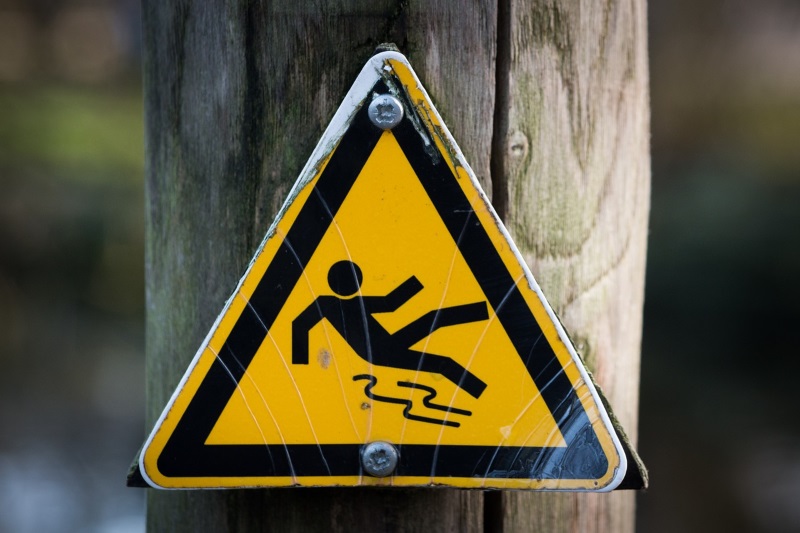 Despite their being some of the most commonly reported workplace injuries, accidents that fall under the category of “slips, trips and falls” are currently underregulated thanks to a legislative gap. OSHA intended to introduce new legal requirements surrounding these accidents, but removed relevant information from bills headed to the White House and therefore from the law itself.
Despite their being some of the most commonly reported workplace injuries, accidents that fall under the category of “slips, trips and falls” are currently underregulated thanks to a legislative gap. OSHA intended to introduce new legal requirements surrounding these accidents, but removed relevant information from bills headed to the White House and therefore from the law itself.
Even though the previous slips, trips and falls legislation was only in the proposal stage up until the point where it was removed, it still provided a lot of help for businesses trying to navigate workplace safety management. From a financial standpoint, having no official regulations meant that employers were not officially liable and therefore subject to large fines in the event that their workspaces were not safe enough. Instead, they faced only a de minimis violation, a kind of citation that carries no additional fines. Without the proposed provisions in place, companies will not not be facing any official fines specifically for the hazard management plan it outlined.
On the other hand, companies also benefited from having some kind of regulatory framework in place. Even though the slips, trips and falls legislation was not legally enforceable, it still gave employers an idea of the kind of safety plan they should be enforcing. Safety compliance needs to be a priority, and not having a good set rule to follow can make this difficult. In situtations like this, employers will need to create their own regulations in order to make sure that workspaces are safe.
Safety software is the best way to set up the plan that will work best for a company looking to navigate compliance without official slips, trips and falls regulations in place. A comprehensive safety software will show trends over time and allow managers to identify problem spots by their severity, meaning that they can check which safety guidelines are working to keep workers safe and which are not.







